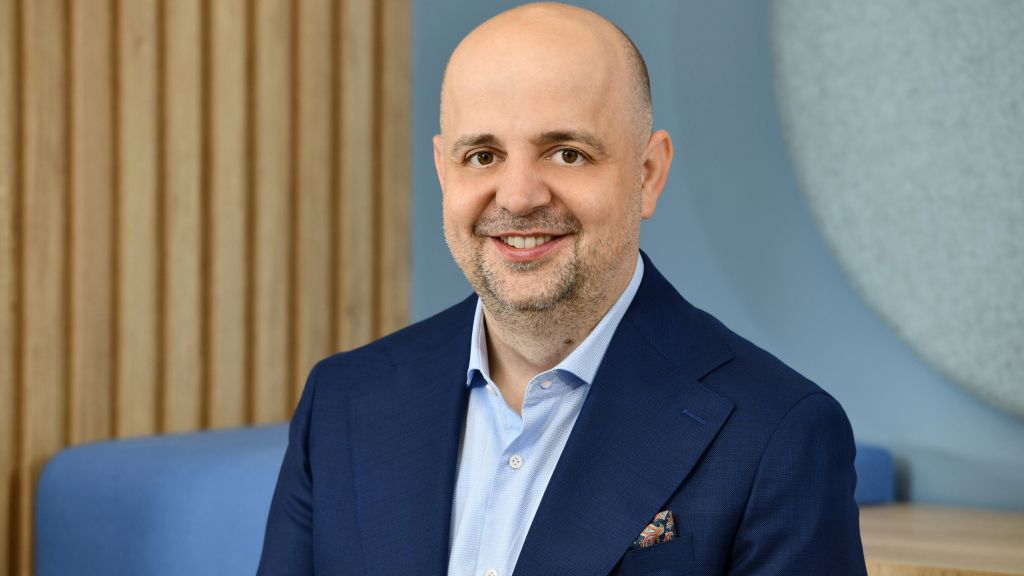Leadership is not a zero-sum game. It's not about "look at me and listen carefully", but about building together the desired future. It's about responsibility and courage in assuming the results, it’s about respect for people, for the team with which you cross the difficult or happy moments in the life of an organization.
Empowering employees through self-leadership
When it comes to leadership models in companies, a clearer direction is making each employee on each hi-erarchical level responsible through self-leadership. The transition to an organization of the future is done by encouraging the initiative and self-regulation mechanisms throughout the company. In other words, the phas-ing out of control at each level of management and the assumption of responsibilities, relevant to each em-ployee, at the other hierarchical levels. But these are easy to say, hard to implement.
Exceeding compliance-based promotions
Every new career step puts the employee in a new context. Whenever the employer changes, the new com-mitment involves subordination to the new leadership, loyalty and sometimes sacrifices in return for job secu-rity, professional recognition and tangible or intangible rewards.
Getting promoted is a promise and sometimes even a powerful reason to work in a big organization. It’s just that this promotion requires the approval of a supervisor. This approval determines the behaviors accepted and rewarded by the manager. In these conditions, a relationship of dependence arises when the employee adjusts what he says and what he does as a strategy of survival, acceptance and promotion.
The shift from conformity to meaning, integrity and courage
If leadership means courage, how does one reconcile it with compliance? To do so becomes increasingly difficult when "compliance as a promotion strategy" collides with the search for the meaning of the activity one is doing. If the freedom to think autonomously, the vision of what your work means and your passion are incompatible with job security and promotion then you have to make a choice. The choice you make deter-mines the nature and extent of the leadership that you promote.
When employees are challenged to overcome this dilemma, the transformation of the organization succeeds, and some of the most common new behaviors are the following:
1. Employees are no longer preoccupied solely by how they do what they do. They have the courage to do the right thing.
2. Managers do no longer involve in micro-management, even if their intention was to hold the people in their team accountable. Managers overcome their need for control.
3. Employees no longer avoid the conflict because they do not want to endanger their promotion. Now, employees say what the real issues are and why they need to be addressed.
4. People do not say in the meeting what managers want to hear from them. The real conversations are now held in the meeting room, not during the coffee break.
5. Employees no longer expect the top management to have all the answers and implement all the pro-cesses, so they do not have to do it.
After all, our representations of safety and sense depends on our identity map. That is why when you think like a leader and want to change an organization from a hierarchical structure with autocratic processes to one based on a participative consultation with the colleagues, it is good to identify your fears of such a change, to assume them and to be prepared to defeat them. If you make the difference between perceived fears and real risks, you have found the way to solve this problem.


















![[Opportunity Minded] Market Penetration and Growing Your Market Share](https://doingbusiness.ro/media/covers/6965fb6bd2416_cover.jpg)










